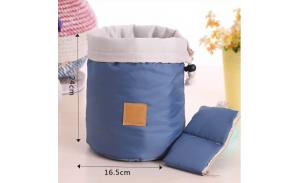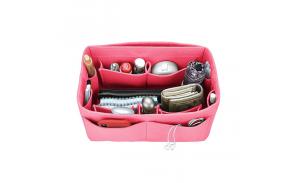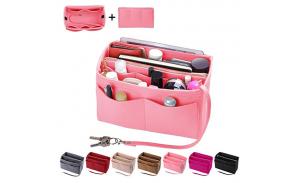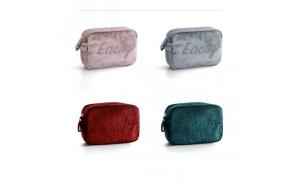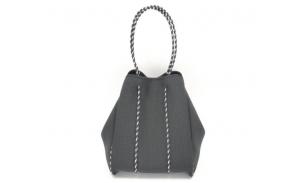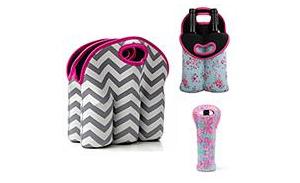How to Become a Handbag Designer
Designing handbags can be a great way to profit from your creative spirit and skills. You can design bags as a hobby or career. While it may take a while to reach your goal, you can become a successful handbag designer if you spend some time learning about fashion trends and making attractive prototypes and sample bags. If you’re down for some hard work and patience, get ready to take the fashion world by storm!Steps
Part 1Developing Your Skills
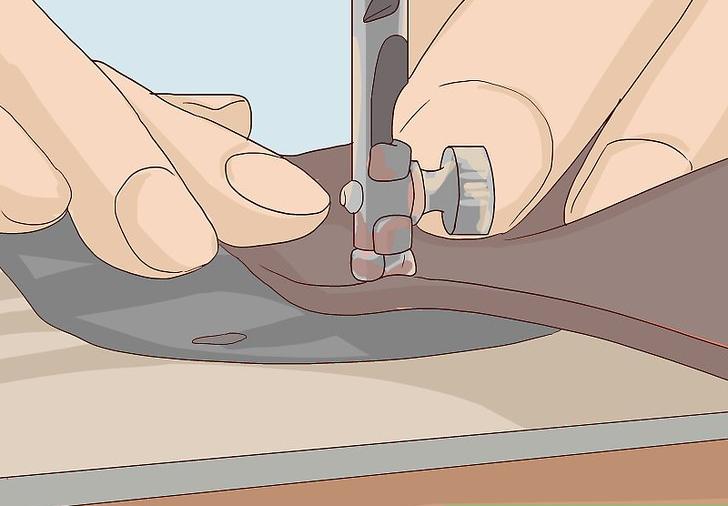 1Work on your sewing and leatherworking skills. While you’re starting out, make your own bags, even if this means you need to learn how to sew. Not only will this save you money, but it’ll also help you understand all the ins and outs of the creation process. This knowledge will be crucial as you start to pick manufacturers and sources for your materials.
1Work on your sewing and leatherworking skills. While you’re starting out, make your own bags, even if this means you need to learn how to sew. Not only will this save you money, but it’ll also help you understand all the ins and outs of the creation process. This knowledge will be crucial as you start to pick manufacturers and sources for your materials. 2Get a degree in fashion to make this your career. If this is going to be your main money-making job, attend a two- or four-year fashion design program at an accredited school. When you begin pitching your ideas to stores and manufacturers, this could make the difference between a “yes” and a “no” for your designs.
2Get a degree in fashion to make this your career. If this is going to be your main money-making job, attend a two- or four-year fashion design program at an accredited school. When you begin pitching your ideas to stores and manufacturers, this could make the difference between a “yes” and a “no” for your designs.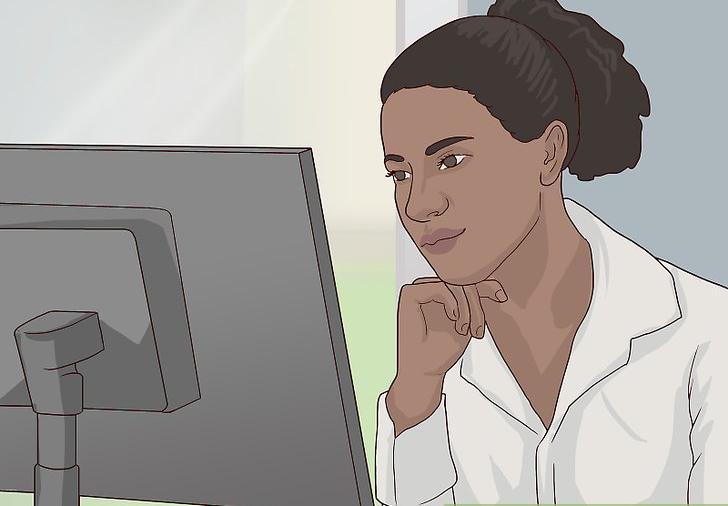 3Research fashion trends for inspiration. As you set out on your design journey, it’s important to know what’s out there and what people like. Become an obsessive follower of fashion magazines and shows. Take note of popular colors, shapes, sizes, and styles to think about where your own bags would fit in the handbag world.[3]
3Research fashion trends for inspiration. As you set out on your design journey, it’s important to know what’s out there and what people like. Become an obsessive follower of fashion magazines and shows. Take note of popular colors, shapes, sizes, and styles to think about where your own bags would fit in the handbag world.[3]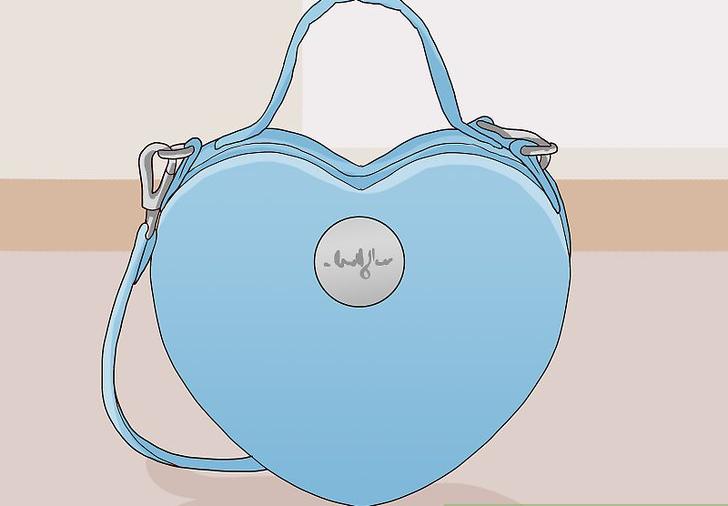 4Decide what sets your bags apart. While you should have a good idea of what’s already popular, you want your stuff to be surprising. Think about what features you would most want in a handbag, and start from there. You’ll be most comfortable designing what makes you happy.[4]
4Decide what sets your bags apart. While you should have a good idea of what’s already popular, you want your stuff to be surprising. Think about what features you would most want in a handbag, and start from there. You’ll be most comfortable designing what makes you happy.[4]Part 2Creating Prototypes and Samples
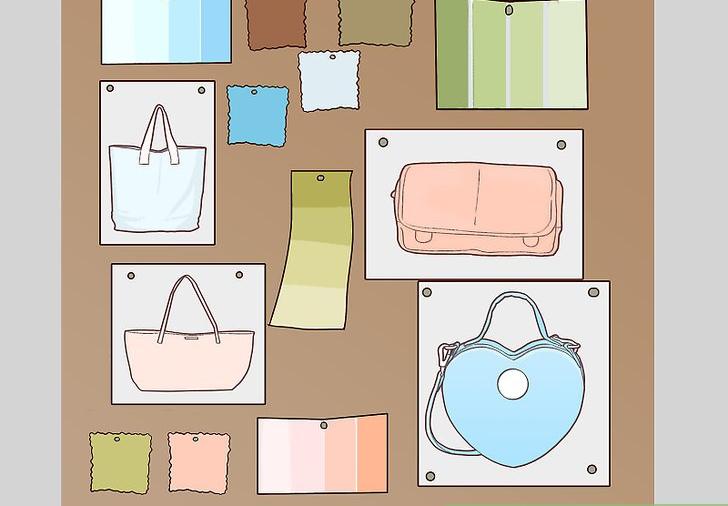 1Create a concept board and sketches to map things out. Whenever you see a picture of a bag, outfit, or something else that jumpstarts a designing brainstorm, pin it to a wall or bulletin board. Sit next to the board while you use pencil to make some rough sketches of a bag. You can then make the sketch more detailed with pen and colored pencils, or use a computer program to create a digital sketch.[5]
1Create a concept board and sketches to map things out. Whenever you see a picture of a bag, outfit, or something else that jumpstarts a designing brainstorm, pin it to a wall or bulletin board. Sit next to the board while you use pencil to make some rough sketches of a bag. You can then make the sketch more detailed with pen and colored pencils, or use a computer program to create a digital sketch.[5]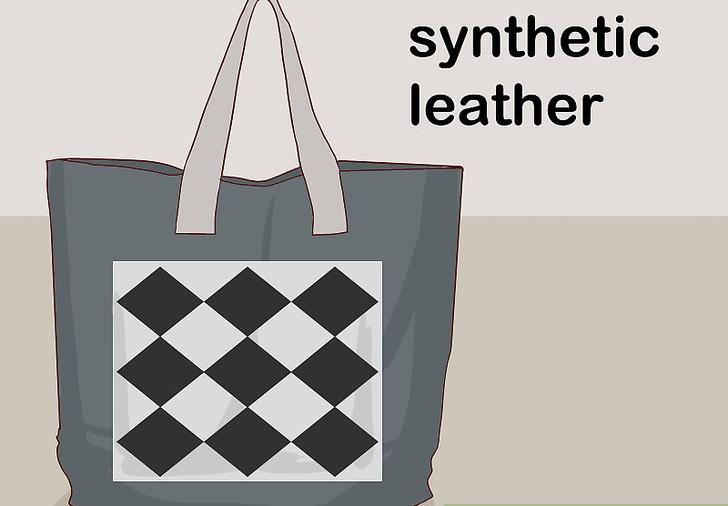 2Use cheaper materials for cost-effective prototypes. Prototypes are early-stage products that allow you to make changes to bags before you mass-produce and sell them. Don’t spend too much creating these “scrap” bags. Save the big spending for the product you’re ready to share with corporate buyers and your devoted customers.[7]
2Use cheaper materials for cost-effective prototypes. Prototypes are early-stage products that allow you to make changes to bags before you mass-produce and sell them. Don’t spend too much creating these “scrap” bags. Save the big spending for the product you’re ready to share with corporate buyers and your devoted customers.[7]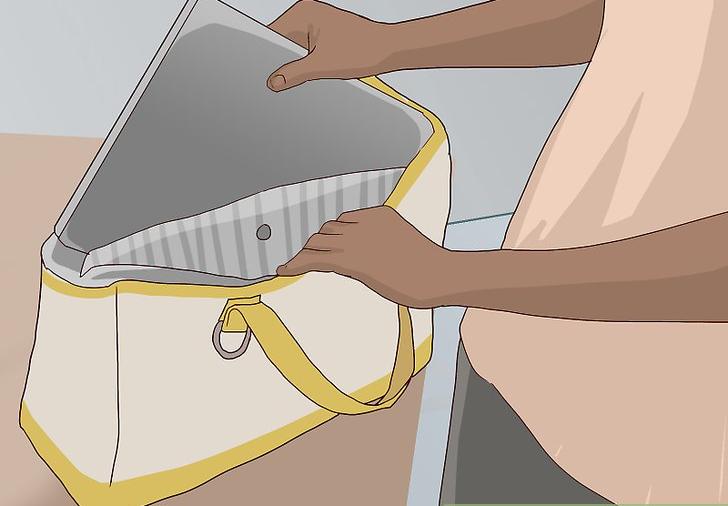 3Make careful revisions to perfect your bags. You’ll only be able to do some of your editing on a sketchpad. The best part about prototypes is that they let you refine a concrete product. Be critical of the bag and ask yourself how it will make customers happy, and if there’s anything that could disappoint them.[8]
3Make careful revisions to perfect your bags. You’ll only be able to do some of your editing on a sketchpad. The best part about prototypes is that they let you refine a concrete product. Be critical of the bag and ask yourself how it will make customers happy, and if there’s anything that could disappoint them.[8]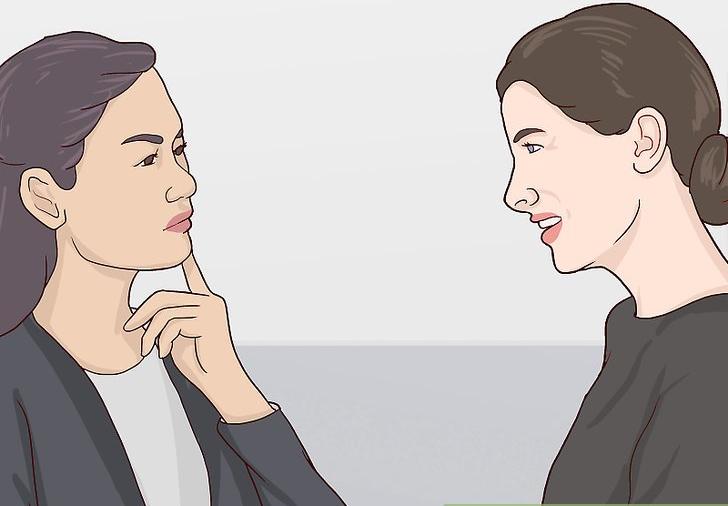 4Find a manufacturer when you’re ready to mass-produce. Manufacturers quickly produce lots of products using your exact specifications for design and material. They’ll create both prototypes and - even more exciting - samples.
4Find a manufacturer when you’re ready to mass-produce. Manufacturers quickly produce lots of products using your exact specifications for design and material. They’ll create both prototypes and - even more exciting - samples.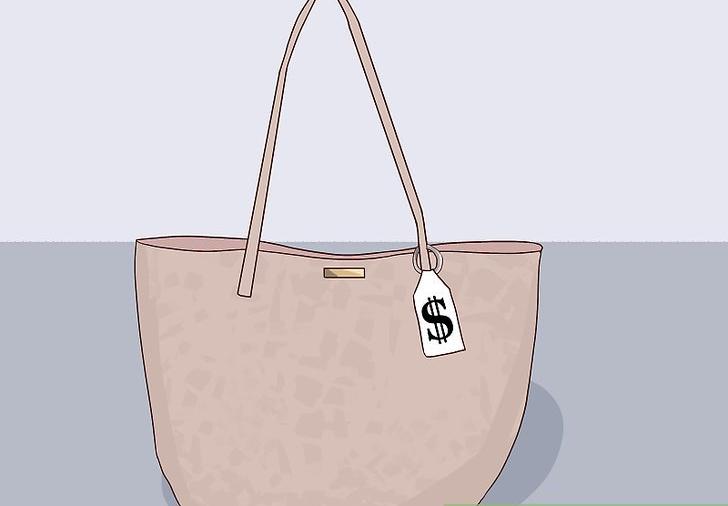 5Price your product carefully. You and your manufacturer will likely spend a lot of time discussing the costs of production and the best price to make a profit off your bag. While you’re having this conversation, do research online and in fashion magazines to compare your prices with those of similar bags. You don’t want your bag to be either too expensive or too cheap to appeal to your customers.[10]
5Price your product carefully. You and your manufacturer will likely spend a lot of time discussing the costs of production and the best price to make a profit off your bag. While you’re having this conversation, do research online and in fashion magazines to compare your prices with those of similar bags. You don’t want your bag to be either too expensive or too cheap to appeal to your customers.[10]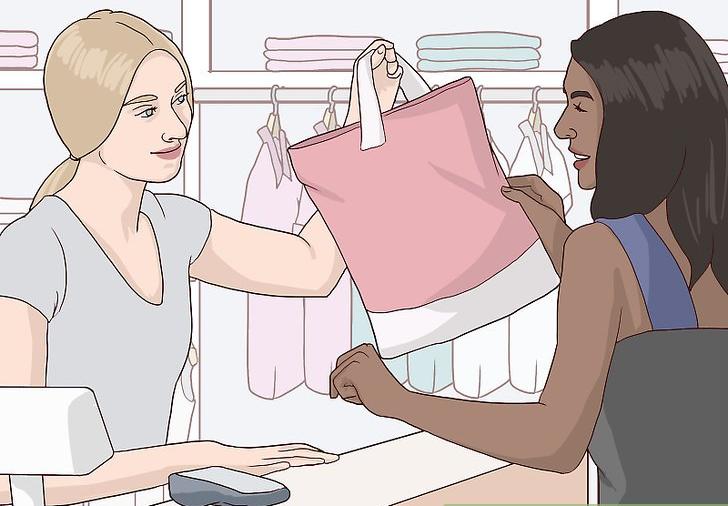 6Launch your product when it’s complete. Contact local and big-name retailers and have your samples ready to send out. Do some online research about your potential sellers to make sure your product fits with what they currently offer to their customers.[11]
6Launch your product when it’s complete. Contact local and big-name retailers and have your samples ready to send out. Do some online research about your potential sellers to make sure your product fits with what they currently offer to their customers.[11]Part 3Expanding Your Business
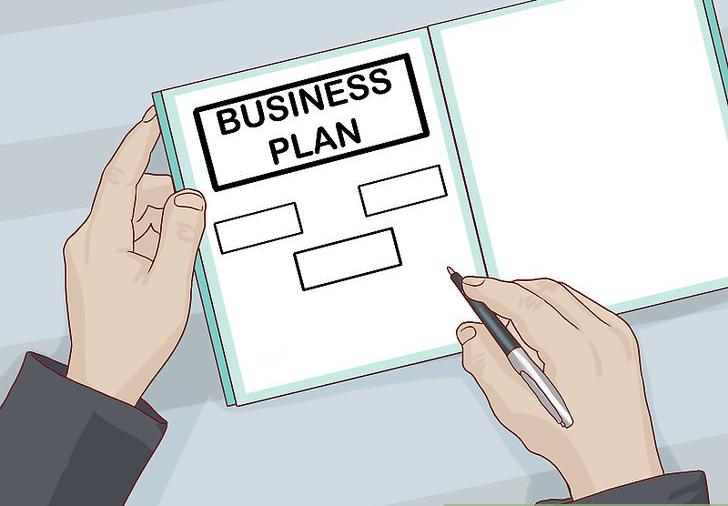 1Write a business plan to keep track of your goals. Especially when you’re starting out, you need to keep track of how much money you plan to spend, and how much you’d like to make. It’s also important for you to spend some time thinking about who your customers are and how your products will thrill and dazzle them.
1Write a business plan to keep track of your goals. Especially when you’re starting out, you need to keep track of how much money you plan to spend, and how much you’d like to make. It’s also important for you to spend some time thinking about who your customers are and how your products will thrill and dazzle them.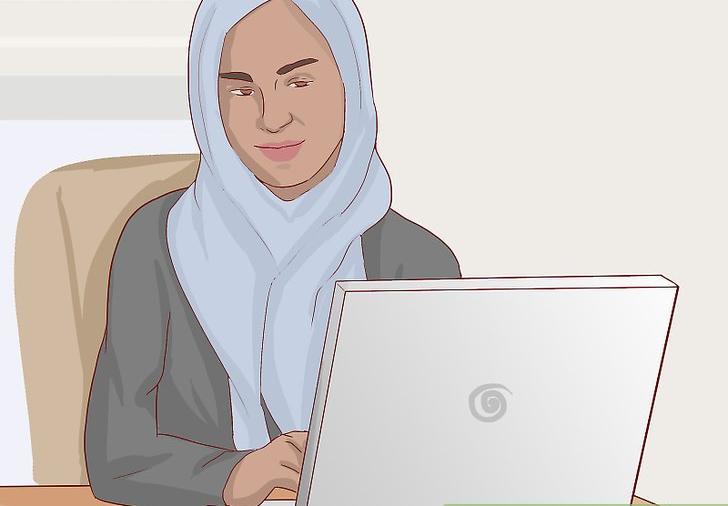 2Create an online platform to gain customers. Once you’ve got an established line or set of products, use every possible online platform to get them out there into the world. Social media is a wonderful way to let thousands and even millions of people around the world know that you’re ready to create the perfect bag just for them.
2Create an online platform to gain customers. Once you’ve got an established line or set of products, use every possible online platform to get them out there into the world. Social media is a wonderful way to let thousands and even millions of people around the world know that you’re ready to create the perfect bag just for them.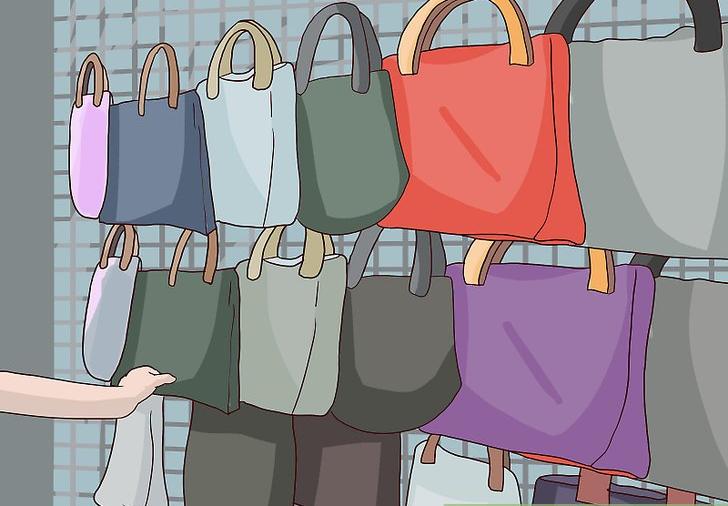 3Sell your awesome bags at craft shows and farmers’ markets. Look for a weekly market in your town or city. Especially during the summer months, these fun, outdoor exhibits are staples in most localities around the United States. These are great spots to test your your early designs.
3Sell your awesome bags at craft shows and farmers’ markets. Look for a weekly market in your town or city. Especially during the summer months, these fun, outdoor exhibits are staples in most localities around the United States. These are great spots to test your your early designs.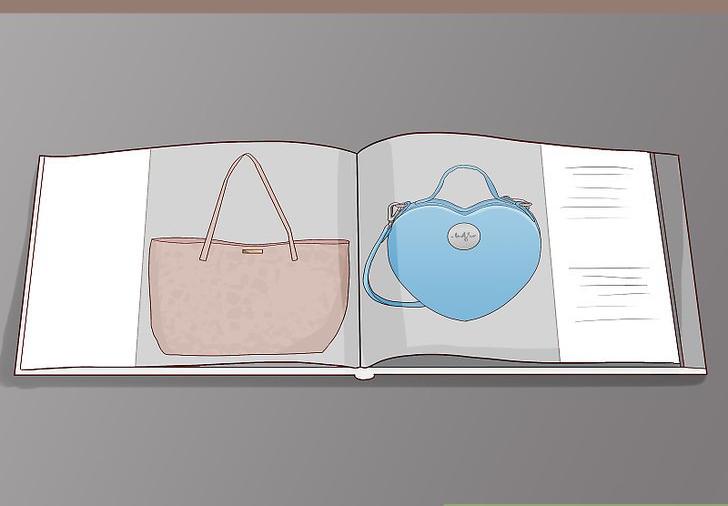 4Create a portfolio with professional photos. Don’t let a bad photo taken on your smartphone be the reason your career as a handbag designer fails! Even though a session with a professional photographer is expensive, it’s worth the investment. Your bags deserve pictures that show them off in all their glory.
4Create a portfolio with professional photos. Don’t let a bad photo taken on your smartphone be the reason your career as a handbag designer fails! Even though a session with a professional photographer is expensive, it’s worth the investment. Your bags deserve pictures that show them off in all their glory.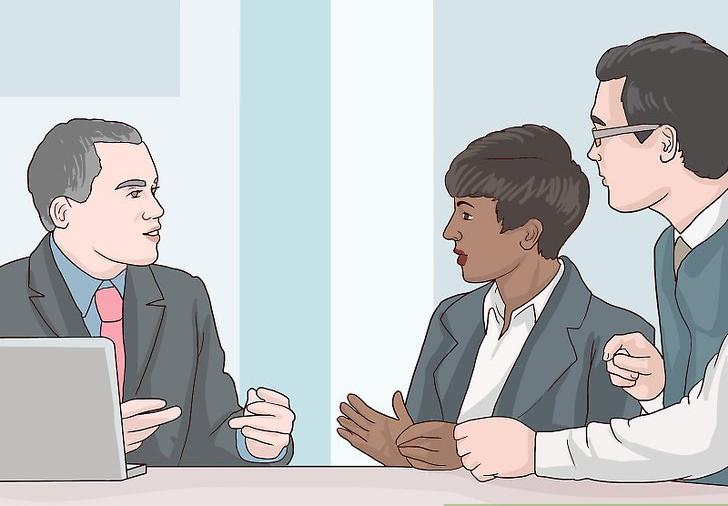 5Look for PR and sales agents to represent your work. PR and sales agents help you market to more customers and get better deals from retailers. They take a percentage of your profit, so wait until you’ve got an established income from your bags to hire these folks. Do research online to find agents who represent sellers similar to you, as this means they’ve got direct experience with your specific market.
5Look for PR and sales agents to represent your work. PR and sales agents help you market to more customers and get better deals from retailers. They take a percentage of your profit, so wait until you’ve got an established income from your bags to hire these folks. Do research online to find agents who represent sellers similar to you, as this means they’ve got direct experience with your specific market.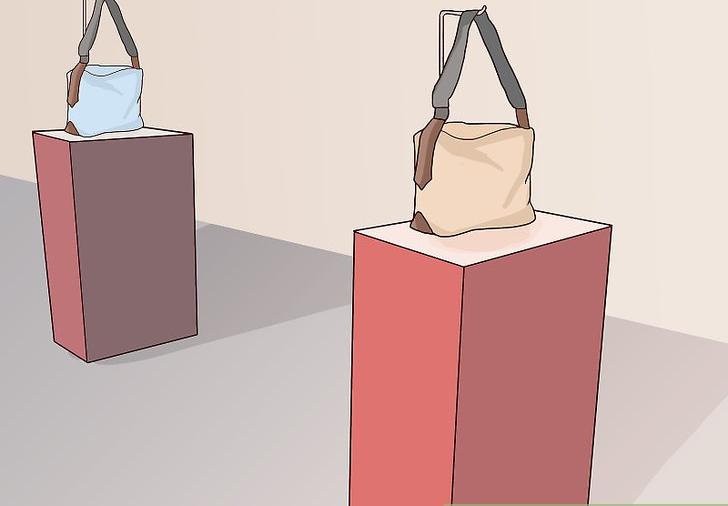 6Show your work at fashion shows and exhibitions. Having your work appear at fashion shows means that fellow designers, celebrities, and models will get to see your work. These extravagant affairs are highly publicized and glitzy, so they’re a perfect spot for showing off unique, new products.
6Show your work at fashion shows and exhibitions. Having your work appear at fashion shows means that fellow designers, celebrities, and models will get to see your work. These extravagant affairs are highly publicized and glitzy, so they’re a perfect spot for showing off unique, new products.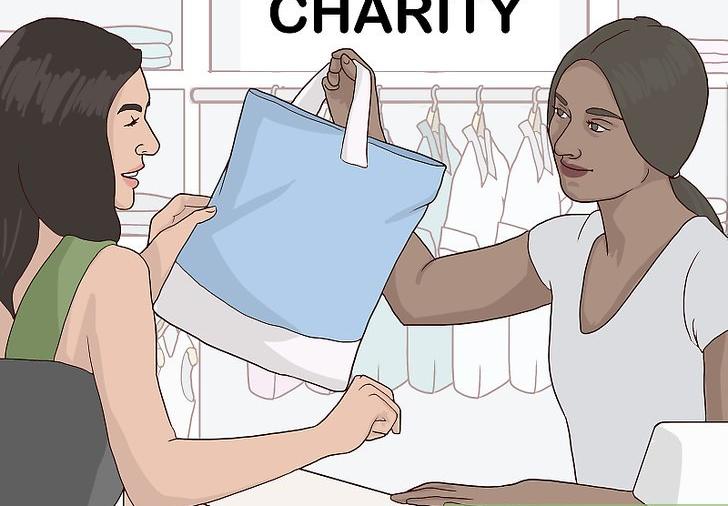 7Give your work to charity shows for increased exposure. Offering your bags as gifts or raffle prizes at charity events not only allows you to get involved with causes you believe in, it also introduces your work to new people. These elaborate balls and galas often attract the who’s who among the rich and famous. If a celebrity wins and wears your bag, you’ve just gotten a boatload of free publicity!
7Give your work to charity shows for increased exposure. Offering your bags as gifts or raffle prizes at charity events not only allows you to get involved with causes you believe in, it also introduces your work to new people. These elaborate balls and galas often attract the who’s who among the rich and famous. If a celebrity wins and wears your bag, you’ve just gotten a boatload of free publicity!

